
Netherlands: AMBITION - Amphibian Biotope Improvement in the Netherlands
| Site fact file |
| Natura 2000 Ambassador for the Natura Network Initiative... |  |
A representative of Staatsbosbeheer |
| Roelof Heringa |
| Project |
AMBITION - Amphibian Biotope Improvement in the Netherlands [ 2004 - 2009] |
| Country | Netherlands |
| Project coverage | The sites are situated in the eastern part of the Netherlands , from the north to the south ( see also map in annex) |
| Natura 2000 site numbers : names : land area | NL9803011 : Drents Friese Wold : 7099 ha |
| NL2003003 : Achter de Voort en Voltherbroek : 306 ha | |
| NL3004003 : Landgoederen Oldenzaal : 521 ha | |
| NL2003029 : Lonnekermeer : 104 ha | |
| NL2003001 : Aamsveen : 146 ha | |
| Witte Veen | |
| NL3004005 : Leusveld, Voorstonden en Empesche/Tondense heide : 698 ha | |
| NL9803039 : Leudal : 316 ha | |
| NL2000008 : Meinweg : 1804 ha | |
| IJzerenbosch | |
| NL2003025 : Kunderberg : 95 ha | |
| NL9801041 : Geuldal : 2472 ha | |
| Savelsbos | |
| Noorbeemden en Hoogbos | |
| Total land coverage (hectares) | 13,561 |
| Key Species types | The species are also on the national Red List: Great crested newt (Triturus cristatus) (vulnerable), (Yellow-bellied toad) Bombina variegata (severely threatened), (Midwife toad) Alytes obstetricans (vulnerable), European tree frog (Hyla arborea) (threatened) and (Common spadefoot) Pelobates fuscus (threatened). |
| Key Habitat types | pending |
| Key management issues | Objective
The main objective is to develop viable meta-populations of five amphibian species named on Annex II (and Annex IV) of the Habitats Directive which will be achieved through restoration and improvement of habitats. Currently conservation plans are carried out for all species (except T.cristatus). However, since a relatively large part of the northwest European Triturus cristatus population inhabits the Netherlands we bear a significant responsibility in protecting this species. All of the species concerned are especially threatened because their former distribution in the Netherlands was also outside what is now the National Ecological Network, and dependent on small-scale agricultural landscapes. Agricultural enlargement between 1950 and 1980 has reduced the available number of ponds and small water bodies and landhabitats severely. Therefore, most species are now restricted to a few isolated core areas, often in nature reserves. Beginning with securing of present core habitats followed by an enlargement of these habitats through development or restoration of habitat adjoining the core habitats. The isolated habitats are then joined together through corridors or migration zones. A sustainable network of interactive sub-populations will develop. This so-called meta-population structure ensures that the population will not vanish, even though the sub-populations may experience a local extinction. The adjoining sub-populations will be able to re-colonise the 'empty' habitat through natural dispersion process. Actions and means involved Restoration of core biotopes for all five species as well as the development of new suitable habitats adjoining these areas. Development of stepping-stones and corridor habitats such that clusters of core habitats are linked, allowing the formation of a meta-population structure. All species require water bodies for reproduction with adjoining suitable land habitat for all terrestrial life stages. Actions involve both the restoration and development of some hundreds of ponds and development of adjoining land habitat. To guarantee sustainable habitat improvement we focus mainly on Natura 2000 areas which are recently designated under the Habitat Directive (article 4 of Directive 92/43/EEC) as Special Areas of Conservation (SACs) for Triturus cristatus and Bombina variegata. Expected results For the severely threatened Bombina variegata this project should firstly conserve the remaining populations and might lead to further increase. For the other species creation of strongholds of sufficient size as well as the development of meta-population structure are the main objectives. These will be achieved through restoration and connection of existing isolated populations in the Netherlands. The cooperation between partners will not only result in a stimulating effect within the project, but will encourage further joint actions nationwide and in the neighbouring countries. Education of the public and local people will lead to further participation in the protection of the endangered amphibians, especially in the cultured landscapes surrounding the Natura 2000 areas. |
| Natura Network Agreements |
| Organising at least one Green Days event per year | The events ( excursions etc.) will start in 2005 |
| Promoting Natura 2000 at the local level | In
all 14 projectareas will be excursions organised during and after the activities
in the region for the municipalities involved and for the public.
During these excursions will be given attention to the purpose of the EU-LIfe- AMBITION project, the European nature of it and its connection to NATURA 2000. Also about the involvement of the Dutch governmentand the special cooperation of all naturemanagement organisations in the Netherlands and the organisation concerned with the study of Amphibians. Education to the public and organisations involved to enhance the awareness of the importance of habitat improvement of amphibians through workshops (regional and cross-border to Germany and Belgium), brochures, multimedia presentations and a website. |
| Site twinning and networking | The different sites in the project are of course 'linked' in the project-team. |
| Involving local stakeholders in the management planning process - creating a local area partnership | This project is based on a cooperation between different management authorities. Partners will work closely together adopting a three-step strategy as followed in Dutch species protection plans. The partners in this project are: Staatsbosbeheer, Natuurmonumenten, RAVON, Landschap Overijssel, IKL ( Instandhouding Kleine Landschapselementen in Limburg), Stiching Landschapsbeheer Gelderland, Provinces of Drenthe, Overijssel, Gelderland and Limburg, Ministry of Agriculture, Nature and Foodquality, and DG Environment of the EU. |
| Agreeing to become an NNi ambassador | Roelof Heringa (Staatsbosbeheer) r.heringa(a)staatsbosbeheer.nl is an NNi Ambassador. |
| Project coverage map |
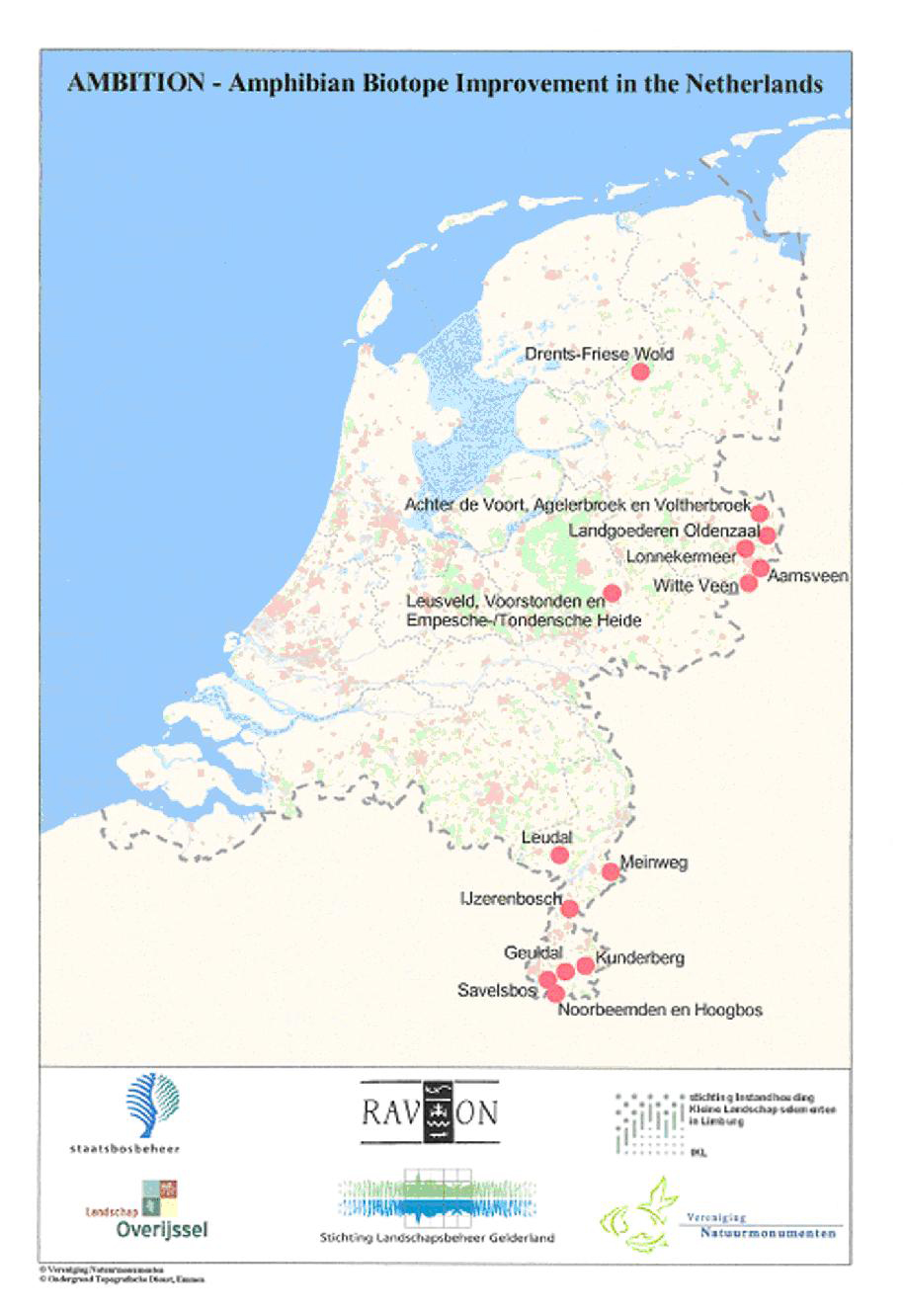 |
| Site photos |
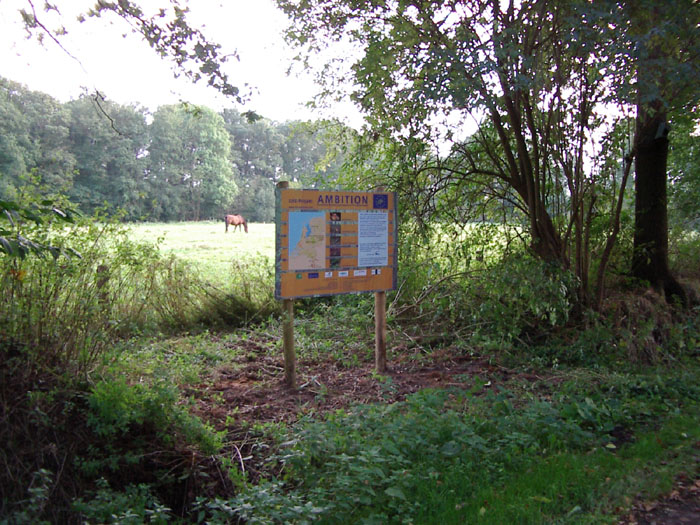 |
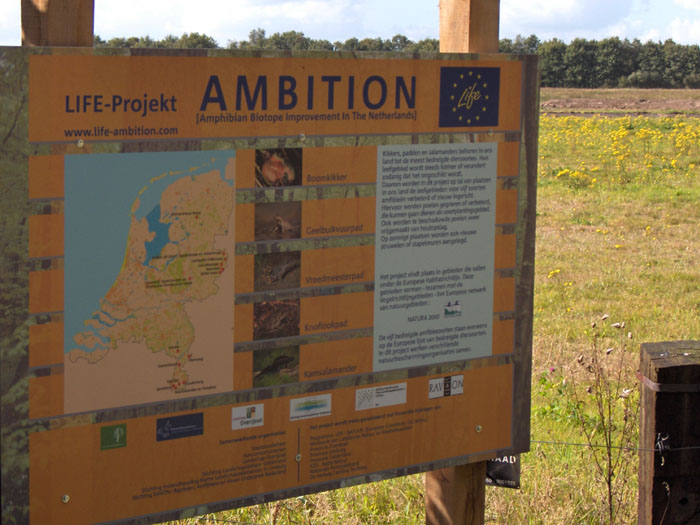 |
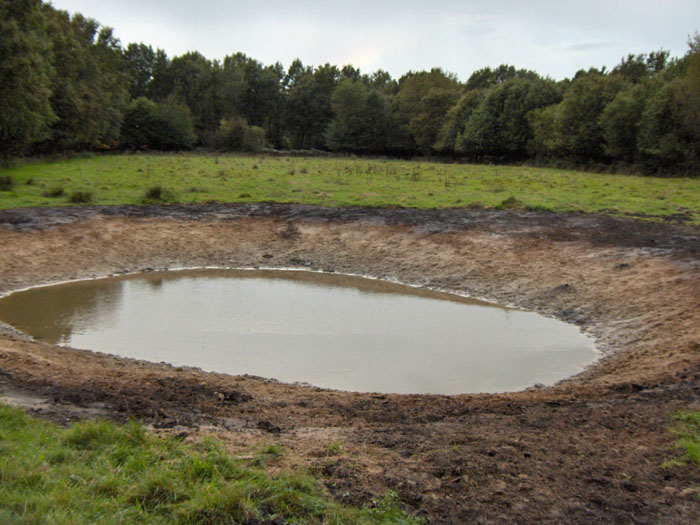 |
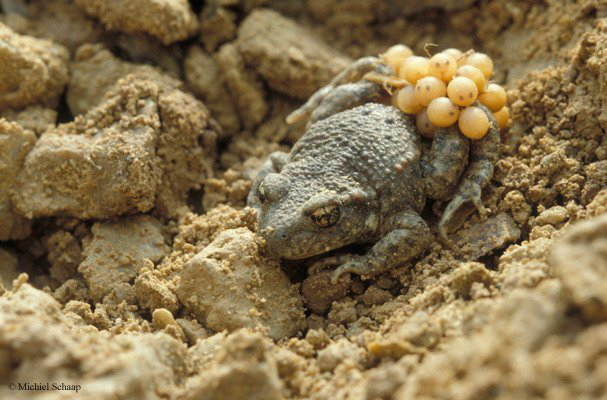 |
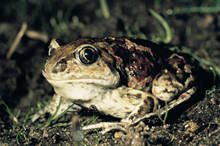 |
|||||
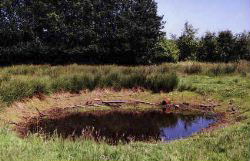 |
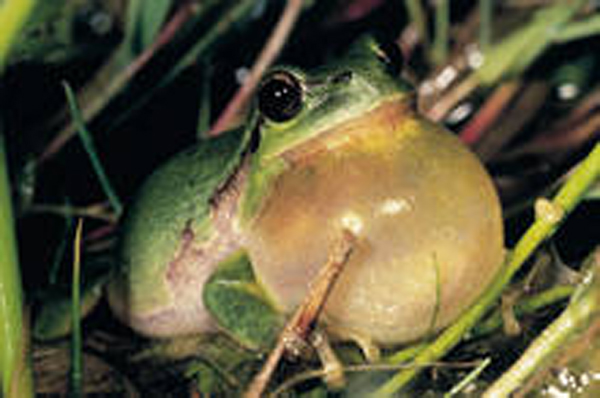 |
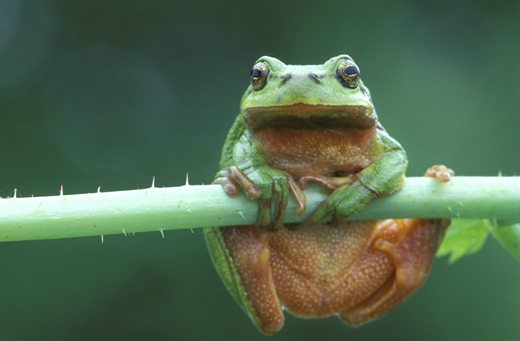 |
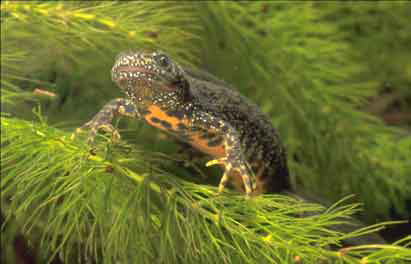 |
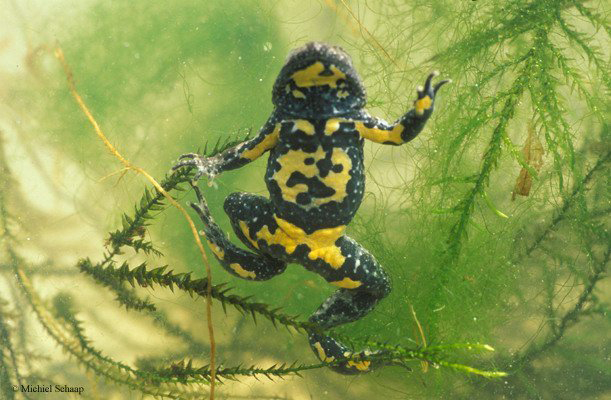 |
|||||
| For further info |
| Website | www.life-ambition.com + www.staatsbosbeheer.nl |
| Site contact | Roelof Heringa (Staatsbosbeheer) r.heringa(a)staatsbosbeheer.nl |
| Mailing address | Roelof Heringa, Postbus 716, 8000 AS Zwolle, The Netherlands |